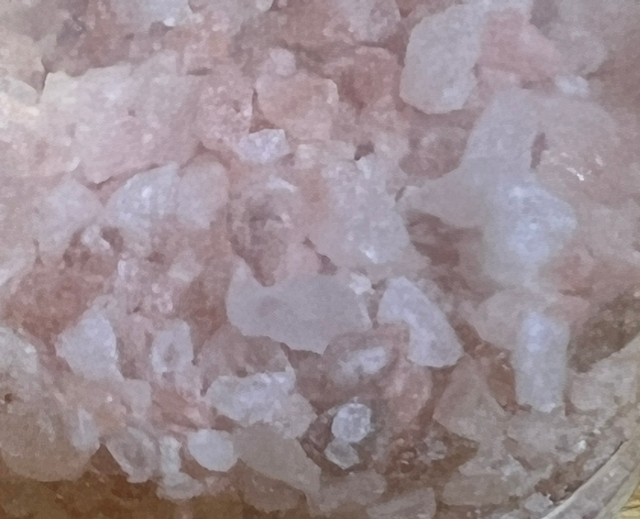
Revolutionizing the EV Battery Landscape: The Emergence of Grid-Scale Saltwater Flow Batteries for Lithium Direct Lithium Extraction (DLE)
Unlocking a Sustainable Future in Lithium ProductionIn a remarkable leap forward for electric vehicle (EV) technology, a new grid-scale saltwater flow battery system has emerged, promising to revolutionize the EV battery materials supply chain. This innovative system stands out for its ability to extract lithium during its charging process, a breakthrough that could redefine how we approach lithium production for EV batteries.Understanding the TechnologyAt the heart of this technology are the methods to extract lithium, including DLE and the process of electrolysis, a method traditionally used for decomposing chemical compounds. In this context, electrolysis facilitates the extraction of lithium from saltwater, a resource that is both abundant and underutilized. DLE can also be used as a simple adsorption process using resins.The saltwater flow battery from Salgenx uses a electrolysis method, but also employs pumping the saltwater, which can readily be used by the adsorption process.Methods of Lithium ExtractionThe system employs several methods for lithium extraction, adaptable to different brine resources:1. Adsorption: Utilizing resins like those developed by Dupont, which have been shown effective in adsorbing lithium from brines. 2. Electrolysis of Lithium Chloride: A method which is already used in the battery by NaCl (sodium chloride). 3. Precipitation: A process to extract lithium from effluent, aligning with techniques. Since this is a flow battery, the effluent is readily accessable.These methods can be deployed according to the source of the lithium in the brine, its concentration, and amount of other contaminants. These factors can readily be determined by sensors which can deploy available techniques prior to battery installation, which allow the user to determine the most cost-effective method of extraction and refining.Energy Efficiency and Cost-EffectivenessEnergy SavingsThe integration of lithium extraction into the charging process of these batteries leads to more than 50 percent energy savings compared to standard lithium extraction methods. This efficiency is particularly noteworthy when paired with renewable energy sources like solar PV systems. When deployed with solar PV, the power can be stored during the day, then used for post-processing (refining) at night with the power already stored, resulting in huge energy savings.Impact on Lithium CostsWith the raw material cost of lithium dropping significantly (nearly 70 percent as reported by Bloomberg), this technology could further drive down costs, making this one of the most efficient and profitable methods to extract and refine lithium from brine sources. This is especially relevant given the current trends in EV sales and battery output capacity.Implications for the EV IndustryThe deployment of this technology offers a sustainable and economically viable path for the EV industry. It addresses key challenges such as the environmental impact of lithium mining and the growing demand for battery materials.ConclusionThe grid-scale saltwater flow battery system represents a significant advancement in sustainable lithium production. By harnessing the principles of electrolysis and integrating renewable energy sources, this technology paves the way for a more eco-friendly and cost-effective EV future.Battery Metals Lose Luster as Surge in Supply Outpaces Demand
Sustainable Lithium Extraction: How is Lithium Mined and Processed
